The debouncer won't work, as mentioned in other answers.
The following circuit would work:
simulate this circuit – Schematic created using CircuitLab
Four inverters or two NANDs extend the pulse, and then the XOR gate does edge detection.
When the supply is 3V..3.5V, the LEDs can be attached directly to CD4040 outputs, without series resistors. At such low supply voltages, the standard 4000B-series CMOS outputs acts as low current sources.
With 5V or higher supplies, a series resistor is necessary.
The switch debouncing can use either an Schmitt-trigger input inverter, or a Schmitt-trigger input NAND gate. Both are shown, but only one would be used - depending on what chips you have access to.
The inverter can be 40106, 14584, or 4584.
The only 4000-series Schmitt-input NAND I know of is 4093. For the NAND, connect only one input to the switch. The other input should be held at VCC. Do not connect both Schmitt inputs to the switch - their thresholds differ a bit and there may be glitches on the NAND output.
simulate this circuit
Another variant of the circuit uses only Schmitt-input NANDs, so saves one chip:
simulate this circuit
The outputs of NAND2 and NAND3 are complementary. C2 and C3 differentiate their outputs, and generate a positive-going pulse upon a switch state change. One pulse on switch press, another on switch release. These pulses are combined with NAND4 and provide a press/release clock output.
